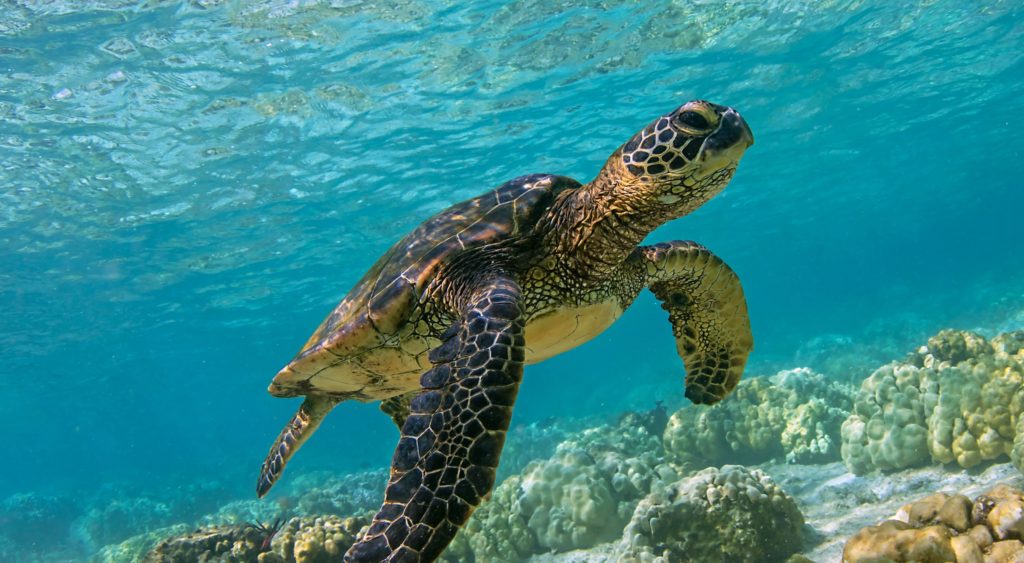The Galapagos Islands, off the coast of Ecuador, is one of the most biologically diverse and historically important regions of the planet. In particular, it is where Charles Darwin found inspiration for this theory of evolution in the 1830s, while looking at the diverse array of animals and their variation from island to island. It is also home to a wide array of plants and animals, with a huge amount of biodiversity. In fact, many of the species of the Galapagos are endemic, meaning they are found nowhere else on Earth, including about 80% of the birds of the island, 97% of the land mammals and reptiles, more than 20% of the marine species, and more than 30% of the plants, according to the Galapagos Conservancy.
In recent years, however, the Galapagos have been under threat from a number of climate and environmental problems. Unregulated fishing, irresponsible transportation, climate change, construction, pollution, and invasive species are just some of the reasons for these issues, which have caused many of the native species of the Galapagos to be classified as endangered, threatened or even extinct. The most notable case of this was the death of the last known Pinta Island tortoise (named Lonesome George), who died in 2012.
Many of these problems come from unregulated tourism to the islands. About 100,000 people visit the islands annually, causing concerns over the effects this has on the local wildlife, particularly the marine life affected by water travel. Currently, ferries are used to take tourists around the four inhabited islands, a practice that must be carefully regulated to avoid pollution. As the Harvard International Review says: “Ships that are not properly managed may contaminate the seawater with engine oil and paint flecks, which produces the concern of contamination of the ocean and drinking water supplies on the islands.” This, along with the threat of gas and oil spills, makes transportation a major concern for environmental experts.
Recently, in a collaboration with The Ecuadorian Government, Stevens students have worked on developing greener alternatives to the ferries that take visitors between the Galapagos islands. The team, which included Kate Killian ’23, Tristan Henningsen ’23, Zach Martis ’23, ocean engineering professor Raju Datla, and a team from Escuela Superior Politécnica del Litoral, an Ecuadorian research university, worked on designing a new hull as an alternative to the current ferries. They developed a new twin-hull design, to replace the original single hull, which was tested and developed in the Davidson lab’s wave pool.
Currently, ferries in the Galapagos run on gas engines, which can cause environmental concerns. The Stevens team suggest two alternatives. The first would be to use hydrogen fuel cell technology, which would allow the boats to travel more quickly, but would be hard to implement. The second solution would be to use lithium batteries as a power source, which could be recharged at each ferry terminal, but would not travel as fast as the fuel cell powered engine. Both of these solutions are still being researched.
Beyond improving the environmental footprint of the ferries, the new design also makes the ride more comfortable. According to the Davidson Lab, surveys have reported that between 20% and 40% of the passengers of these ferries experience seasickness, particularly on winter journeys, when the seas tend to be more rough. As the team continues to test and develop a design for the new ferries, they aim to solve the variety of problems that arise with transportation in such a unique area.
